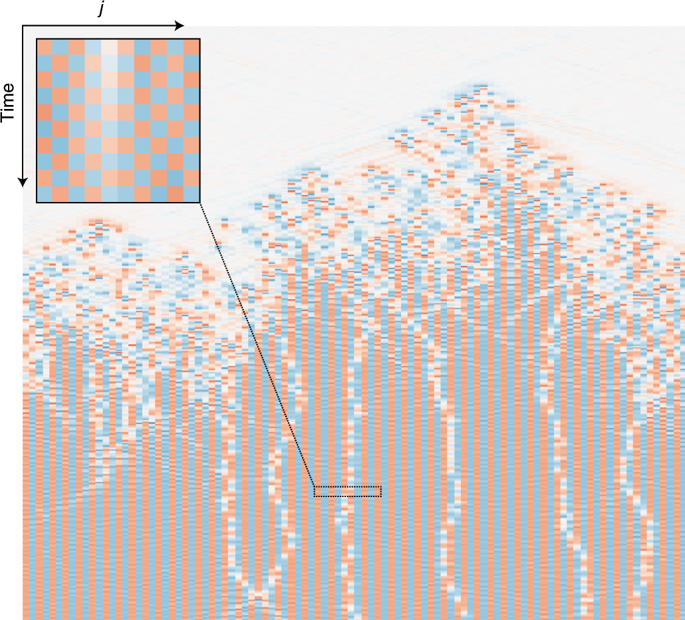Nature Physics ( IF 19.6 ) Pub Date : 2020-02-10 , DOI: 10.1038/s41567-019-0782-3 Norman Y. Yao , Chetan Nayak , Leon Balents , Michael P. Zaletel

|
The spontaneous breaking of time-translation symmetry in periodically driven quantum systems leads to a new phase of matter: the discrete time crystal (DTC). This phase exhibits collective subharmonic oscillations that depend upon an interplay of non-equilibrium driving, many-body interactions and the breakdown of ergodicity. However, subharmonic responses are also a well-known feature of classical dynamical systems ranging from predator–prey models to Faraday waves and a.c.-driven charge density waves. This raises the question of whether these classical phenomena display the same rigidity characteristic of a quantum DTC. In this work, we explore this question in the context of periodically driven Hamiltonian dynamics coupled to a finite-temperature bath, which provides both friction and, crucially, noise. Focusing on one-dimensional chains, where in equilibrium any transition would be forbidden at finite temperature, we provide evidence that the combination of noise and interactions drives a sharp, first-order dynamical phase transition between a discrete time-translation invariant phase and an activated classical discrete time crystal (CDTC) in which time-translation symmetry is broken out to exponentially long timescales. Power-law correlations are present along a first-order line, which terminates at a critical point. We analyse the transition by mapping it to the locked-to-sliding transition of a d.c.-driven charge density wave. Finally, building upon results from the field of probabilistic cellular automata, we conjecture the existence of classical time crystals with true long-range order, where time-translation symmetry is broken out to infinite times.
中文翻译:

经典离散时间晶体
周期性驱动的量子系统中时间平移对称性的自发破坏导致物质的新阶段:离散时间晶体(DTC)。这个阶段表现出集体次谐波振荡,这取决于非平衡驱动、多体相互作用和遍历性破坏的相互作用。然而,次谐波响应也是经典动力系统的一个众所周知的特征,从捕食者 - 猎物模型到法拉第波和交流驱动的电荷密度波。这就提出了这些经典现象是否显示出与量子 DTC 相同的刚性特征的问题。在这项工作中,我们在周期性驱动的哈密顿动力学与有限温度浴耦合的背景下探讨了这个问题,该浴既提供摩擦,也提供关键的噪声。专注于一维链,在平衡状态下,在有限温度下任何转变都将被禁止,我们提供的证据表明,噪声和相互作用的组合驱动了离散时间平移不变相和激活的经典离散时间晶体 (CDTC) 之间的急剧的一阶动态相变其中时间平移对称性被打破成指数长的时间尺度。幂律相关性沿一阶线存在,该线终止于临界点。我们通过将其映射到直流驱动电荷密度波的锁定到滑动过渡来分析过渡。最后,基于概率元胞自动机领域的结果,我们推测存在具有真正长程有序的经典时间晶体,其中时间平移对称性被打破到无限次。



























 京公网安备 11010802027423号
京公网安备 11010802027423号